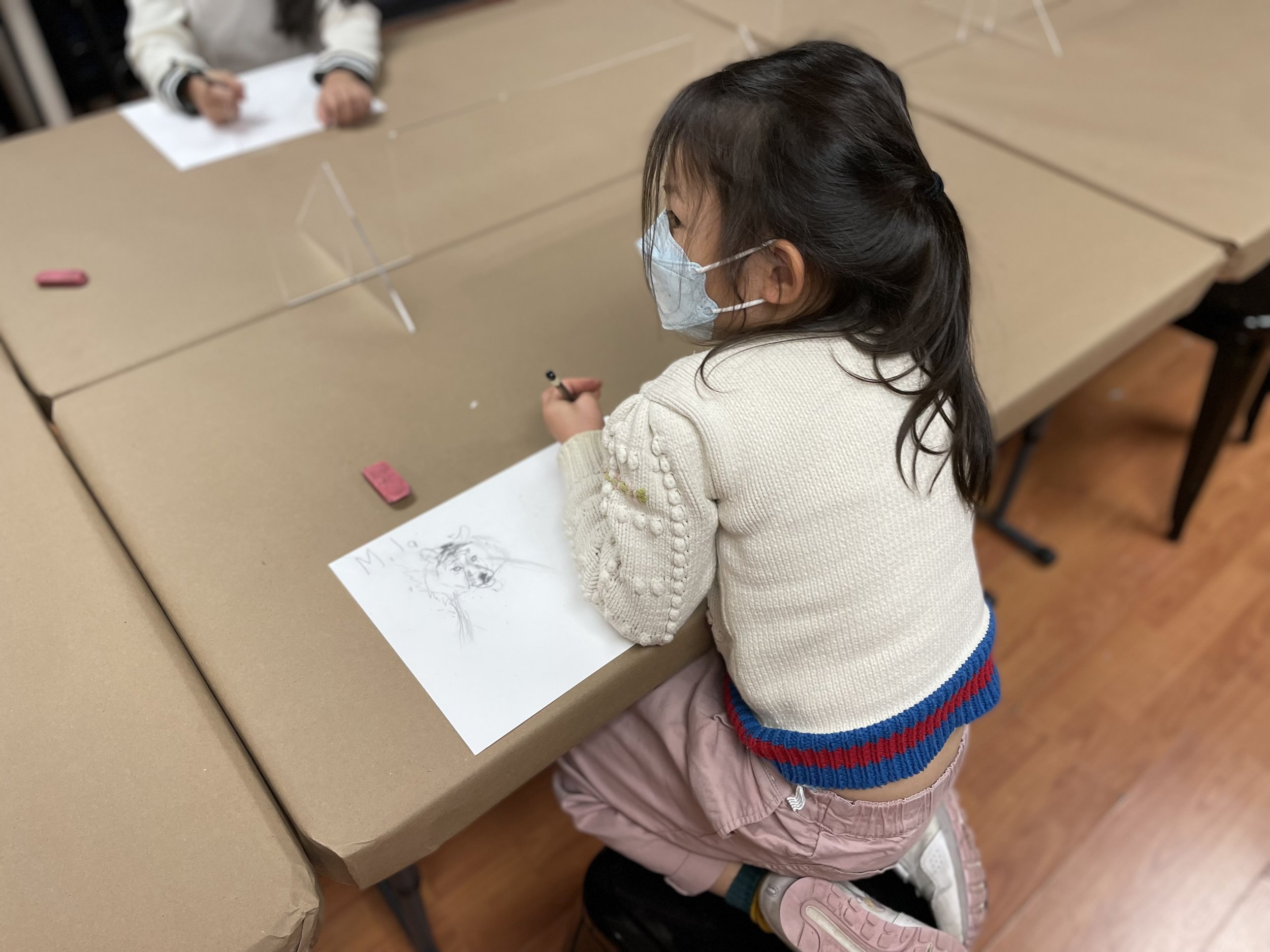This week our Little Ashcan studio took a time capsule back to a land of pharaohs, queens, jewels, and of course intricate art; Ancient Egypt!
According to the Egypt Exploration Society, Ancient Egyptian “headdresses were used in Ancient Egypt to communicate power or to identify deities, rulers, and roles within religious ceremonies. You can find crowns in Egyptian artwork and statues…Experts believe that they were probably made from fabric, leather, or woven fibres such as papyrus” .
Ancient Egyptian art is one of the world’s most distinct and recognizable forms of ancient art that the world has today. As such, it is only natural that with it’s significant impact on World art and Art history that Ashcan Art Studio had to incorporate it into our curriculum and introduce it to our young artists. With a fun lesson plan and mini history lesson, our little ones dived right in and transformed themselves into kings and queens! Welcome to the Little Ashcan Studio of Ancient Egypt, we now present to you our Kings and Queens!




































































































